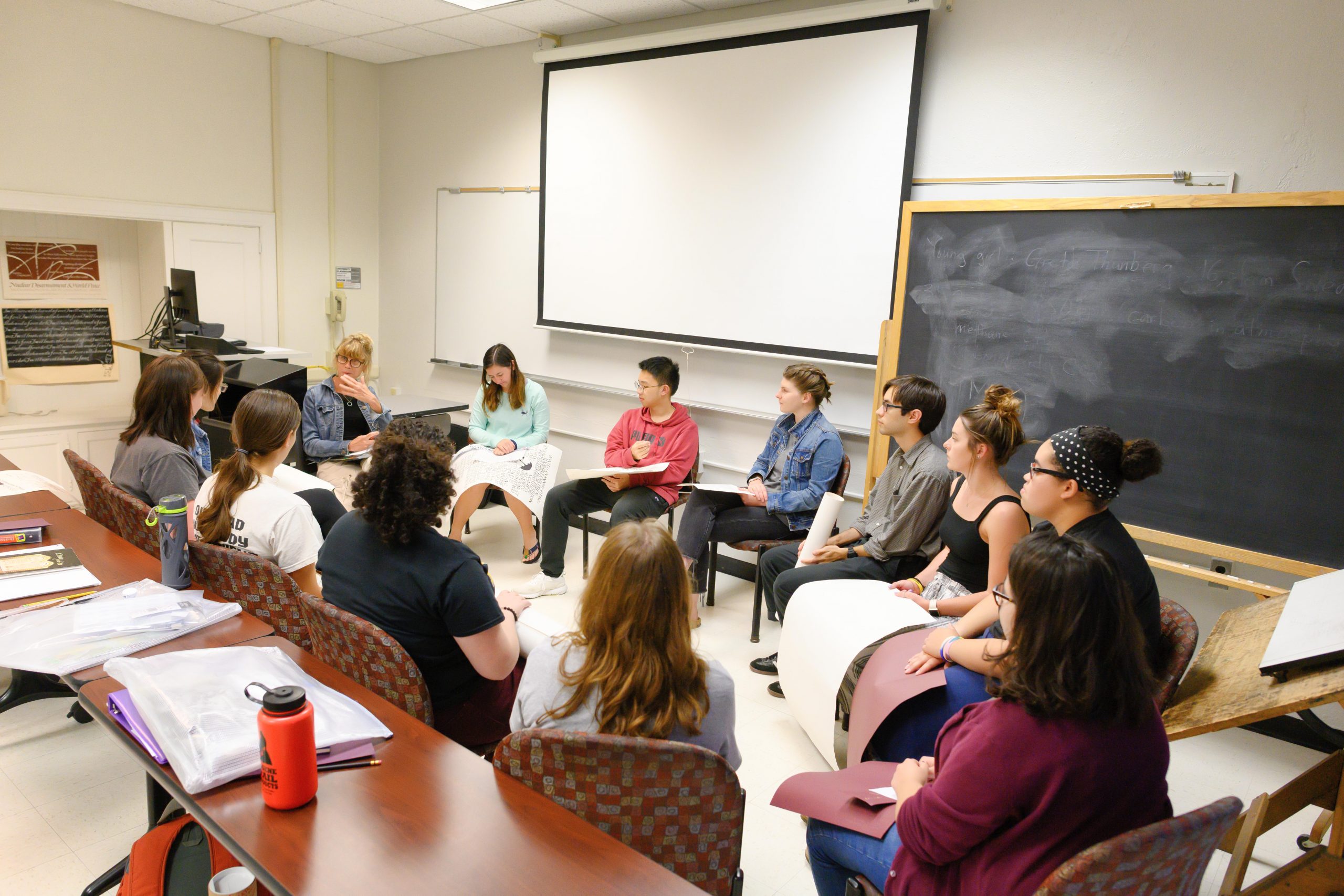19 Community guidelines for classroom interaction

Community agreements or guidelines are living documents that articulate ground rules for interactions within the class or any other learning community. Co-developing community agreements with your students helps create an open and inclusive space where every voice matters. It helps mitigate conflicts and challenging situations, while increasing students’ intrinsic motivation.
- To develop community agreements for your class early in the semester, ask students to brainstorm ideas about how best to conduct classroom interactions. Explain that you want students to take responsibility for their learning, including being responsible classroom participants. Using community guidelines can often help structure productive learning interactions.
- Ask students to reflect on their past learning experiences, discussions, and group work. Ask them to discuss what made some of them more effective and others less effective in small groups or pairs. After, each small group or pair can share two or three things the class could do to ensure that the positive aspects are incorporated and the disruptive characteristics are less likely to be present.
- Write students’ ideas on the board or use the document camera. Alternatively, you can ask each group to record their ideas in a shared document. Find common themes, discuss them with your class, and ensure that everyone understands them. Examples of community agreements include:
- Take space, make space. Make sure everyone has an opportunity to contribute.
- Address the statement, not the person. Civil debates do not include personal or offensive comments. We can disagree with another person’s point of view without putting that person down.
- Pause and listen, and strive to be mindful and present. After someone has shared their thoughts, take a moment to reflect without immediately filling the space with words.
- Feel free to propose your own ground rules and agreements to students and ask your students if they resonate with them and which they find most important. See an example of community agreements from Parker Palmer’s Circle of Trust Touchstones.
- After class, put all the ideas together in a document. Propose critical ground rules that were not mentioned during class. Post this document to your ICON site and make sure it is easy to find and navigate.
- At the beginning of the next class, emphasize that this is the framework they co-developed and that everyone will be expected to follow it. Implementing community agreements can be a powerful message to students that you expect them to take responsibility for their actions and learning and cultivate an interactive learning community.
- During the semester, you and your students can refer to these guidelines to redirect discussions that have gone awry or to diffuse tense situations. Before introducing a complex task or a challenging topic, review this document with your students, go over the guidelines that would be particularly helpful for this learning experience, and ask students if they would like to add a new community agreement or edit current ones. Make adjustments as necessary.
💡 Please reflect:
Brainstorm essential ground rules that could foster a productive and positive learning environment in your course. Think of the ground rules that you would like to avoid (for example, “all ideas are equal,” which won’t always be true). List two to five guidelines you would like to propose to your students during the community agreements development activity.

Feedback/Errata